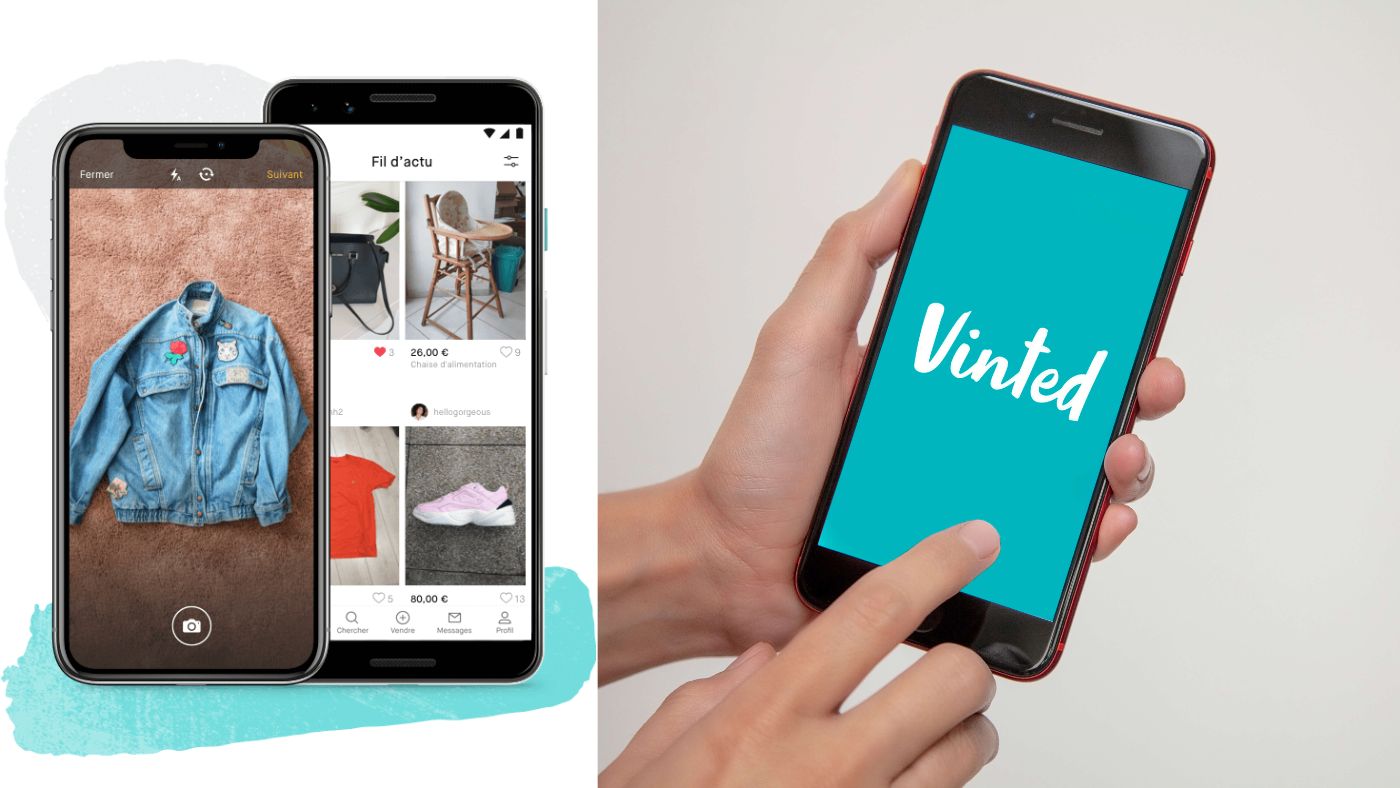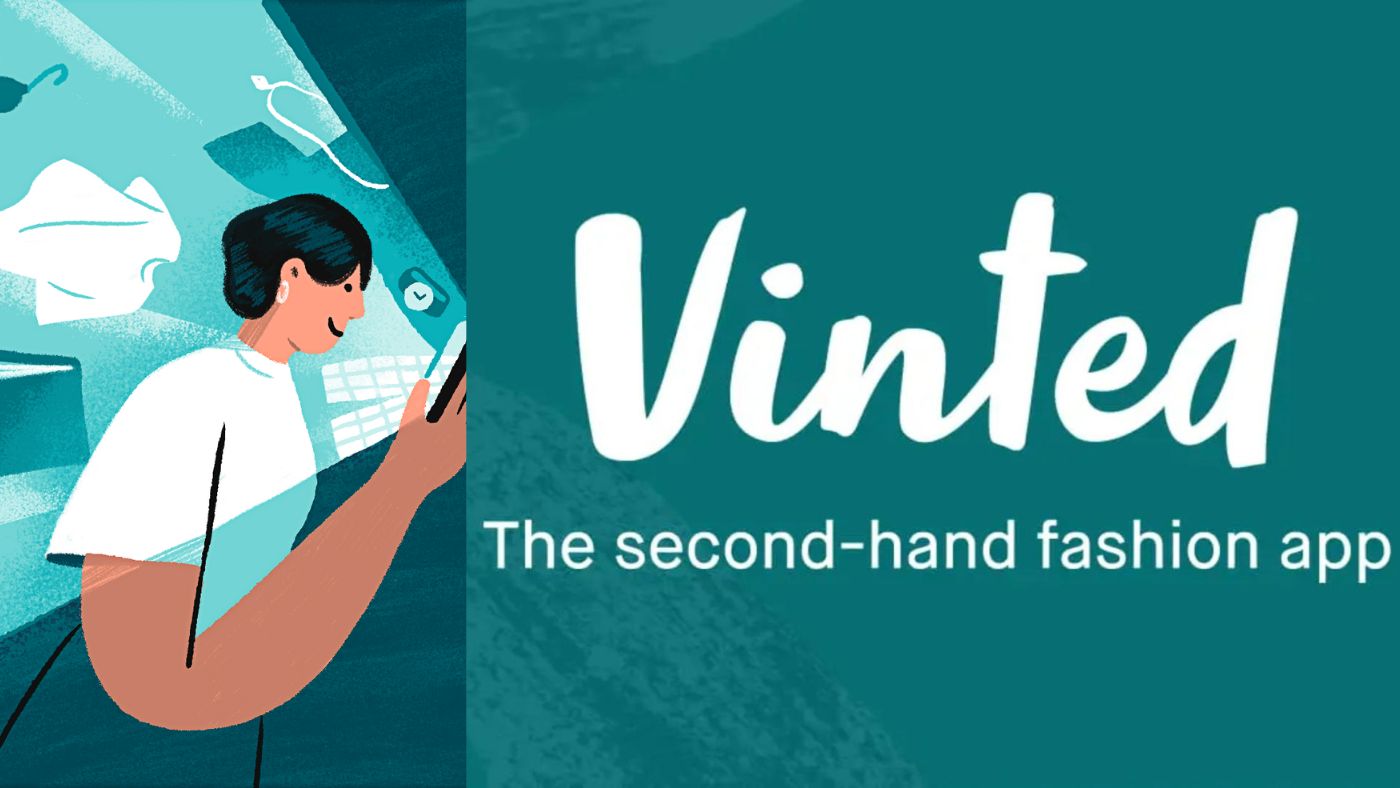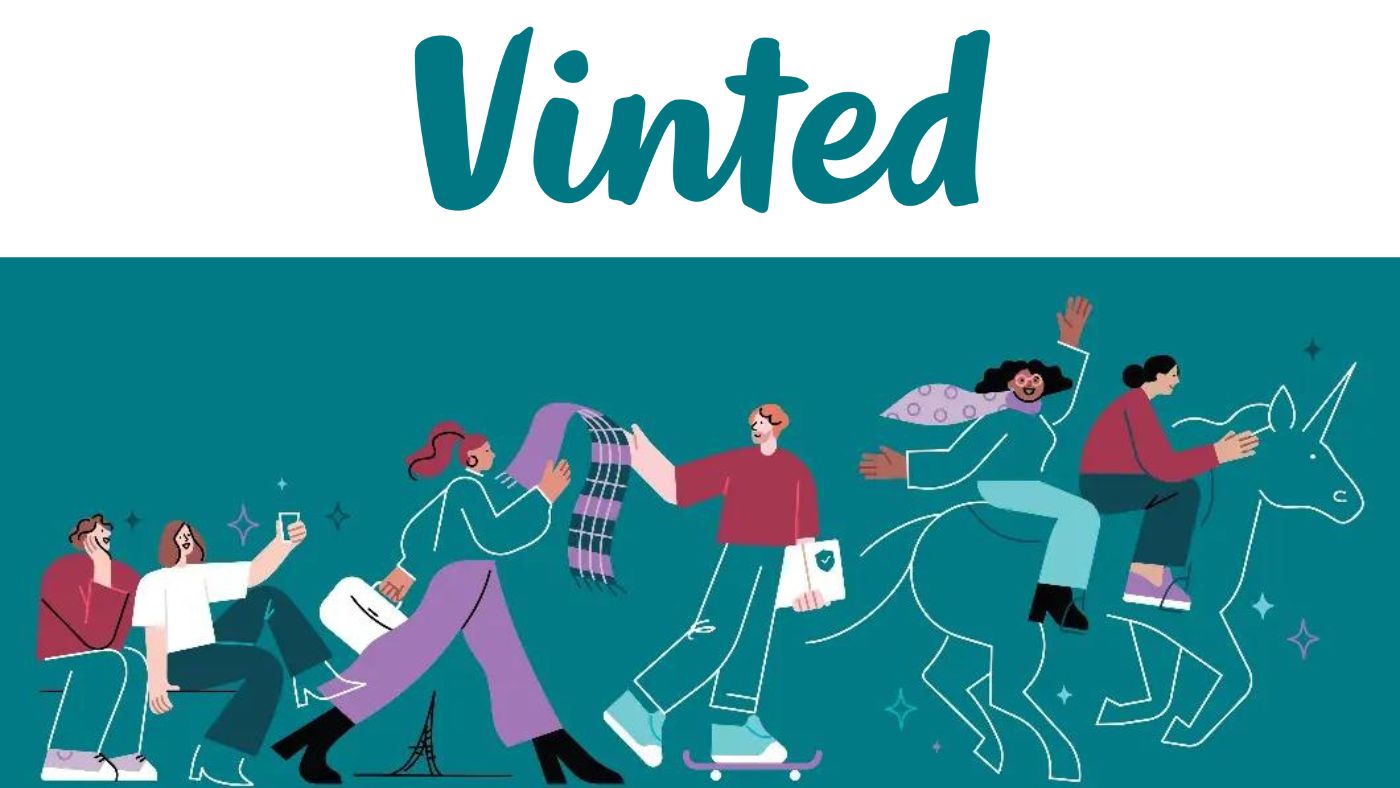Lithuanian online second-hand retailer Vinted currently serves 80 million members in 21 languages, processing about three million words in 2023. However, much like Vinted’s wares, the company needed fresh leadership to revitalize its localization strategy.
The right person for the job was Martina Pancot, who joined Vinted as Localization Director in late 2021.
The company expanded its reach to 22 markets — up from 14 — in just two and a half years. Despite this growth, Pancot remains modest about the program’s achievements so far.
“We’re not that far along at this moment in time,” she told the crowd at SlatorCon London 2024. “At this scale, we don’t have a very big localization program, but we have a lot of things cooking and happening.”
When Pancot first arrived, she faced significant challenges. “The most common feedback that I received is that, ‘You are slow,’ ‘We don’t trust your quality,’ ‘There is no clear ownership around the processes,’” she explained.
Vinted operates a C2C platform where users can exchange goods and payments. Like many retailers, Vinted must balance speed and quality in localization, a challenge made more complex by the frequent launches of new products, services, or markets, which can happen monthly.
When Pancot joined Vinted, the localization system was primarily manual, with different stakeholders working in silos.
Today, the company aims to optimize its efforts by automating certain steps and centralizing localization transparently. The path to this improvement, however, was not straightforward.

First, Pancot conducted an 18-month audit of the localization process and technology, mapping out all of Vinted’s content types to understand what needed to be delivered where.
The next step was centralizing localization within Vinted, securing a budget for it, and procuring a translation management system (TMS).
“For me, the biggest key takeaway is that to get faster you need to get slower,” Pancot said.
With a clearer understanding of localization goals and deliverables, Pancot and her team identified where localization should be housed within the organization and who should handle which tasks at specific touchpoints. Factors like the location, volume, and timeline of content were carefully considered.
Lastly, Pancot assessed the available resources and identified any gaps. This comprehensive overview helped her build a vision for the localization program and determine whether the company had partnered with the right vendors or hired the right linguists. Pancot noted that Vinted is still working on this stage as the program evolves.
Vinted began when its founder, Milda Mitkute, teamed up with IT-savvy friend Justas Janauskas to create an online platform for sharing clothes before moving to Vilnius. Initially launched for a small circle of friends, the project unexpectedly went international, leading to some unique challenges.
The website’s back-end and code were not built for internationalization, and Pancot acknowledged that overcoming this hurdle will require significant effort. Part of the solution includes automating processes and reducing the number of actors involved in localization.

Technologically, Google Translate has been a successful feature for Vinted, enabling users to communicate on the C2C platform, thus promoting trust between buyer and seller and confidence in the platform.
The company is also experimenting with generative AI to produce many SEO titles, which could allow Vinted to scale content production. Similarly, quality estimation may help Vinted identify which machine-translated content can be published immediately and which needs human review.
Speed remains a critical demand driver for Vinted, essential for launching new markets and services and maintaining a competitive edge. Pancot, however, learned to manage expectations from other departments. Previously, the localization process took up to four months; today, it is down to 12 weeks.
Operating in chaos, as she described it, had some benefits. Without established systems, it was easy to cut corners and ask linguists to make piecemeal changes.
Now, departments must submit a brief, reviewed by a project manager, who enters it into the TMS, manages the translation, and delivers the final product. Pancot emphasized that the longer process is worthwhile.
“For me, the biggest key takeaway is that to get faster you need to get slower,” Pancot said. “It’s a paradox, but we lived it, and we keep living it every day.”






Leave a Reply